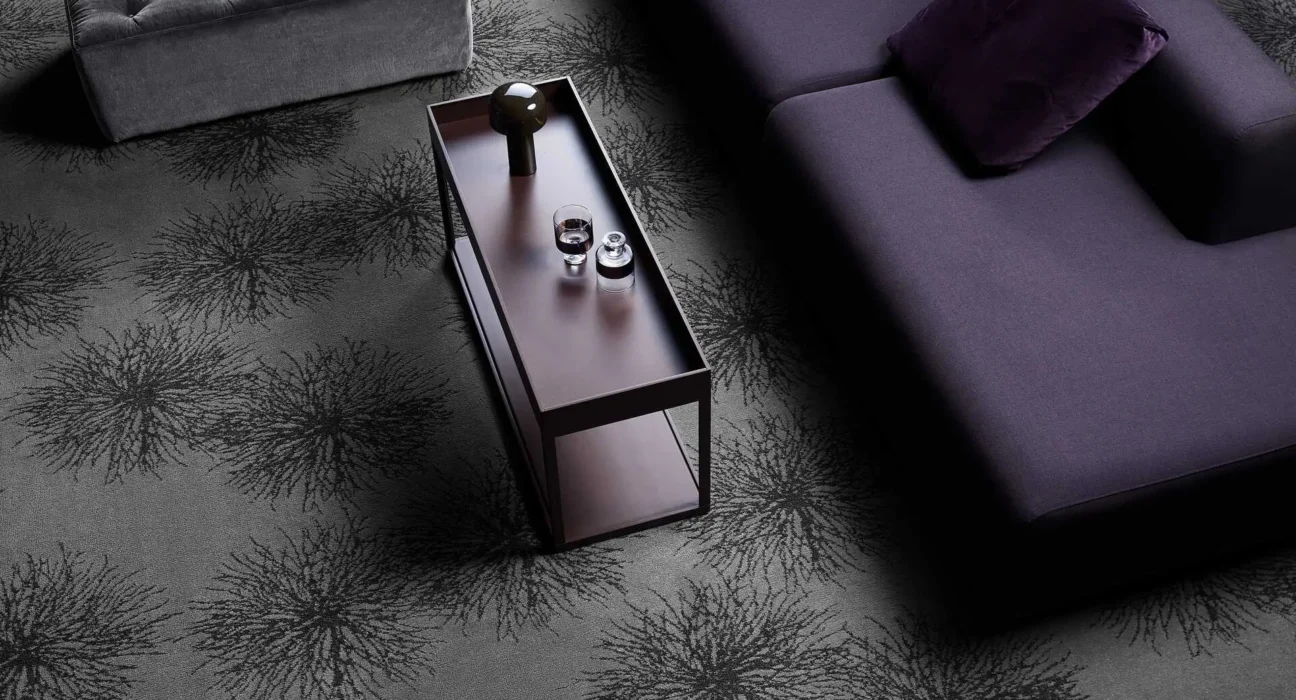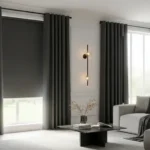Carpet flooring enhances your space’s interior with its dense pile and padding, providing warmth & elegance. There are multiple floor covering options available in the UAE market today that help maintain a moderate indoor temperature.
This blog post will inform you about carpets suitable for the UAE’s climate. We will also discuss how the right carpet can help reduce heat & energy costs in UAE Homes. In addition, you will also get tips to choose the right energy-efficient floor coverings.
Right Carpets Can Reduce Heat & Energy Costs In Dubai’s Homes
When you buy carpets in Dubai suited to the local climate in the Dubai, you will enjoy the following benefits.
Thermal Insulation
To protect homes from scorching summer heat and extreme winter cold, carpets act as natural insulators. The fibres of carpet act as a barrier against heat flow, providing thermal insulation. They can better control the flow of heat between the interior and the floor, thus maintaining the indoor temperatures in both summer and winter.
Reduce Heat Transfer
Air enters the carpets and is retained in their fibres, forming a barrier that reduces heat transfer. This trapped air plays a vital role in maintaining the indoor temperature. So, insulating carpets will reduce the heat loss in winter and heat gain in summer.
Reduce Energy Bills
With the best indoor temperature control, the floor coverings also help reduce energy costs. On hot days, the cool air is retained longer in the room and dissipates more slowly. This way, the need for an air conditioner to keep the inner room cool decreases. The less reliance on AC, the lower the energy bills. When winter comes, it reduces the heat loss through the padding, therefore lowering the use of heaters.
How To Choose The Right Carpet That Provides Thermal Insulation?
For better insulation & comfort, consider the following factors before choosing the right carpet for your home.
Carpet Material
Wall to Carpets in Dubai are manufactured from synthetic and natural materials. Each provides different insulation benefits. Some are good while others are weak or poor insulators. Let’s have a look at their details and see how energy-efficient they are.
- Natural Carpet Materials
Wool & Sisal Carpets are made from fibres that are naturally insulating. Their fibres trap air, making your space more energy-efficient. As you know, the air is a poor conductor of heat, which is why it serves as a strong insulating barrier. Wool carpets are made from the fibres that are woven or tufted, making them ideal for reducing heat transfer.
Sisal carpets are also made from the natural fibres that are strong enough to provide comfort and thermal insulation. But its insulation value is less than that of wool carpets. To achieve a better level of insulation, some blended carpets like sisal & wool, sisal & jute will be nice options for keeping the homes insulated.
- Synthetic Carpet Materials
Nylon, polypropylene, and polyester are synthetic materials. They also provide insulation benefits. But they are less efficient than the natural fiber floor covers. For choosing between the two, it depends on your space requirements and the required aesthetics. Wool provides a luxurious and cozy ambiance, while synthetic options are budget-friendly and easy to maintain.
Pile-Height
Another factor that affects your carpet selection and helps reduce heat is pile height. Based on pile length, two types of carpets induce different levels of insulation.
- High-Pile Carpet
As the piles are longer, they provide more area to trap air, which actually contributes to insulation. If your carpet is long-piled, it will retain heat for longer.
- Low-Pile Carpets
Because of shorter piles, carpet retains less heat. They are less insulating than long-pile carpets.
Pile- Density
Regardless of pile length, if your carpet has good density, it will be a superior insulating material. Density refers to how tightly the fibers are woven. For bedrooms, where you need a more comfortable, warmer ambiance, go for thick, high-pile carpets with an appropriate density. Contrastingly, low-pile carpets that are less dense also provide enough space to trap air. Deciding which one is best for your location depends on the required features.
Suitable Underlay
The thickness of your carpet improves its insulating properties. Padding, or underlay, is an extra layer between the floor and the rug, making it more energy-efficient. Some carpets come with attached padding, while others may require adding padding for additional comfort and insulation.
Pro-Tips to Buy Energy-Efficient Carpet Flooring
While choosing suitable carpets that save energy costs, follow the tips below.
- For best performance, choose wall-to-wall carpets. They perform well and provide excellent insulation benefits due to uniform coverage.
- If you are installing carpet tiles, use a thick, high-quality underlay. This will enhance their efficiency in reducing heat flow.
- Professionally installed carpets will be secure and stable enough to improve energy efficiency. They give long-lasting insulation benefits.
- For luxury wool carpets, add padding to improve insulation.
- Cut-pile and loop-pile carpets with higher density are best for the high-traffic areas.
- Choose light, neutral carpet shades for homes that receive more sunlight. They reflect sunlight, making your space look airy and cool. This will work best in summer.
- Dark-colored carpets absorb sunlight, improving insulation by retaining more heat. This makes your room feel warm and cosy.
Conclusion
When you choose the right carpet, it can reduce heat and energy costs through insulation. They reduce heat transfer, thereby regulating indoor temperature. Maintaining the temperature will reduce the need for heating or cooling the rooms. This will result in lower energy bills. While living in the United Arab Emirates, choose thick, dense, cut-pile carpets for superior insulation. Also, use high-quality padding for extra insulation for long-lasting functionality.





